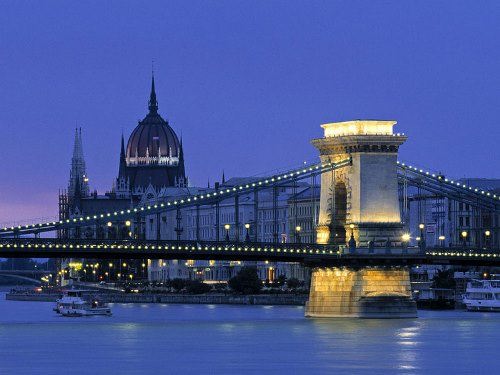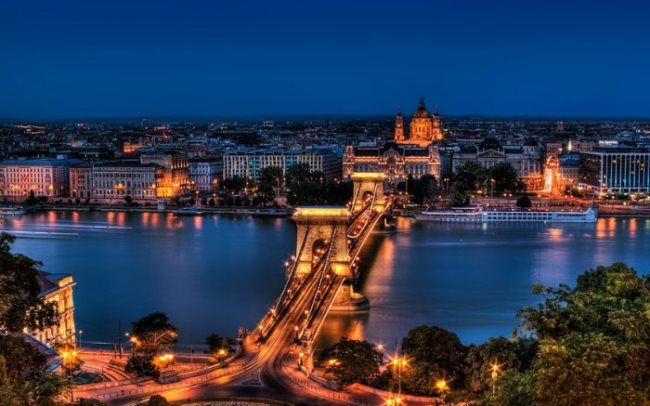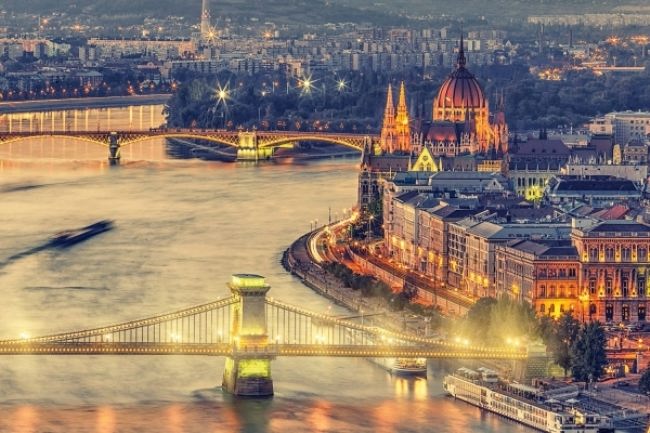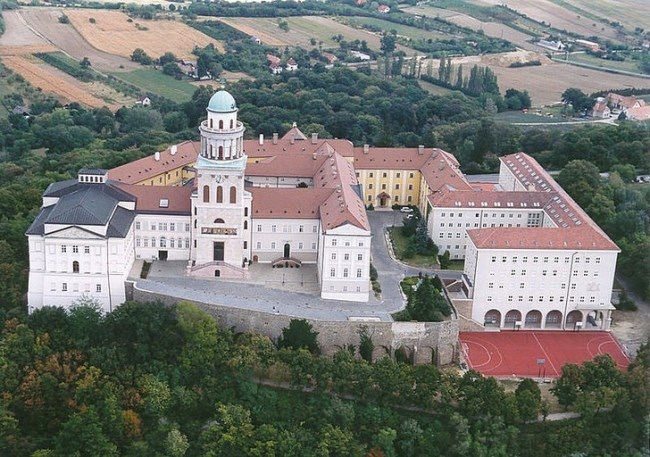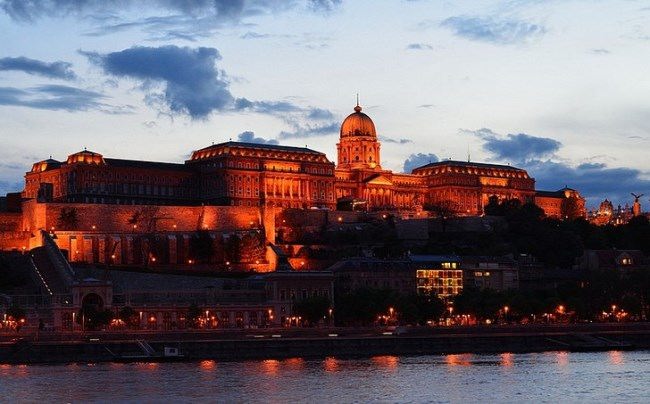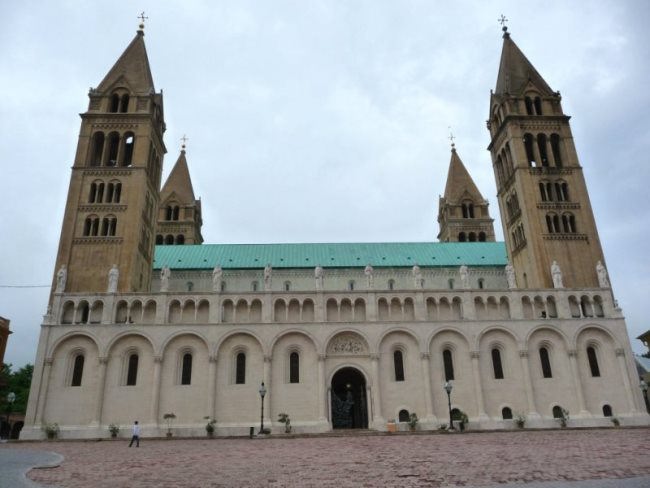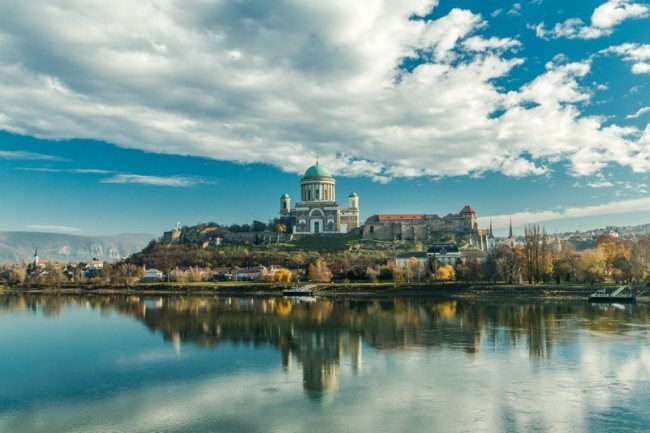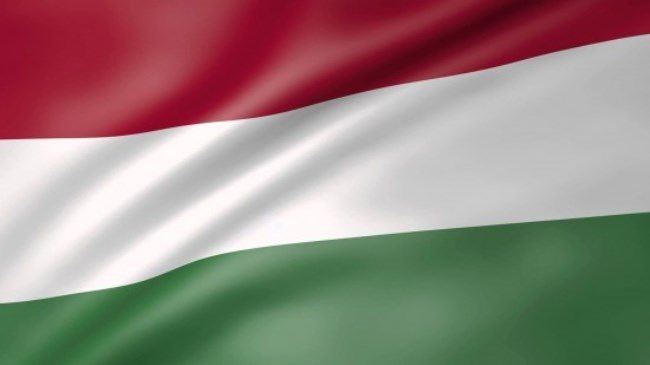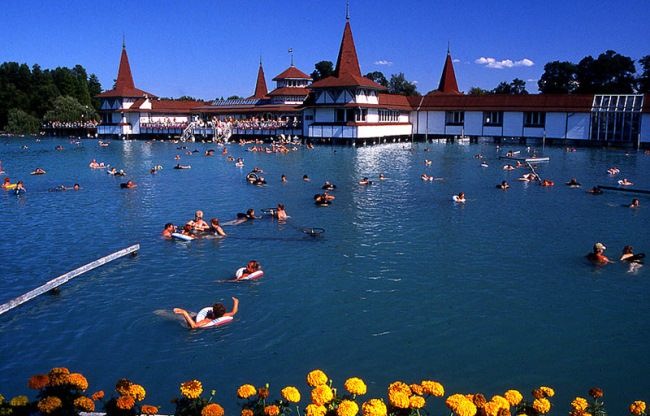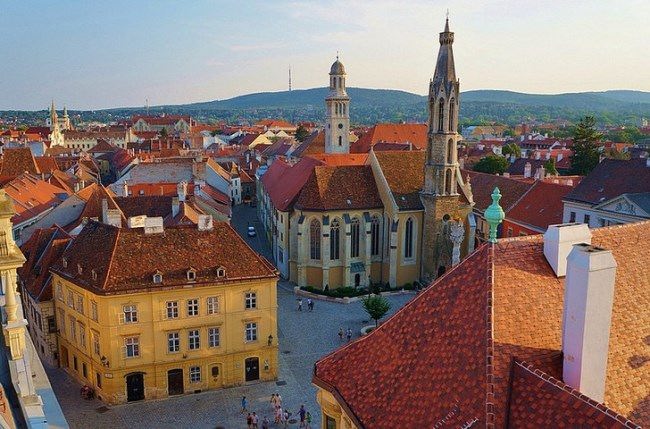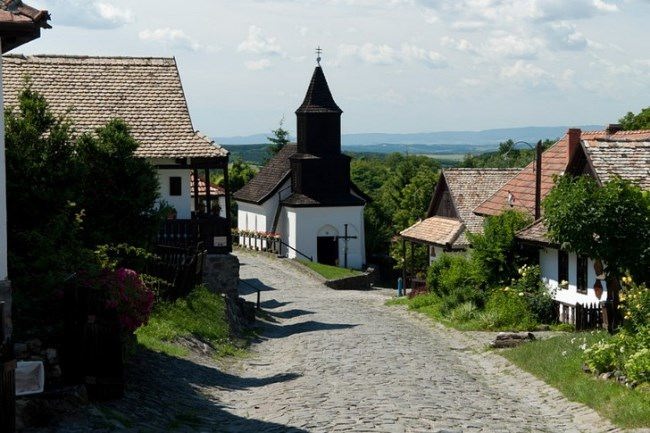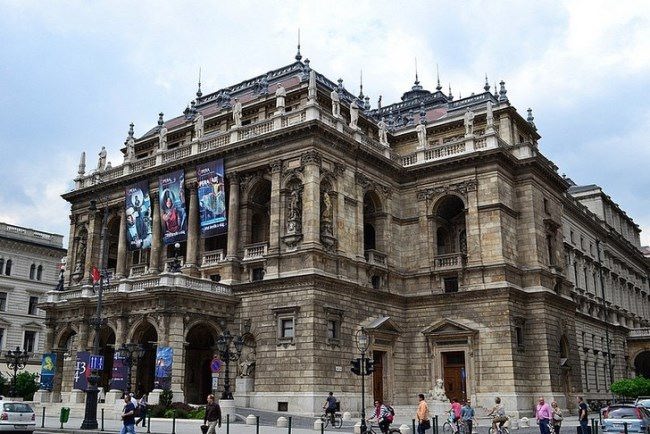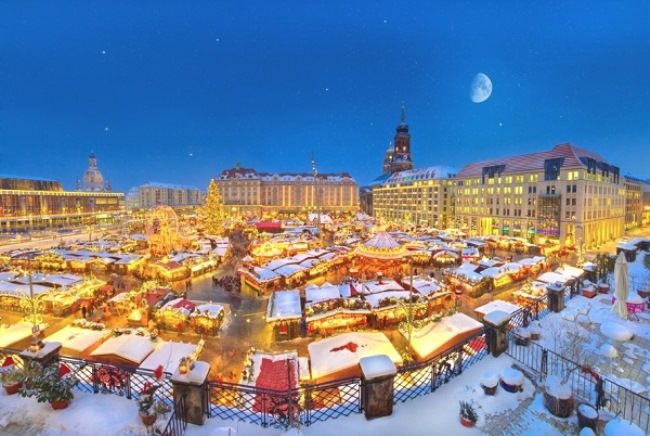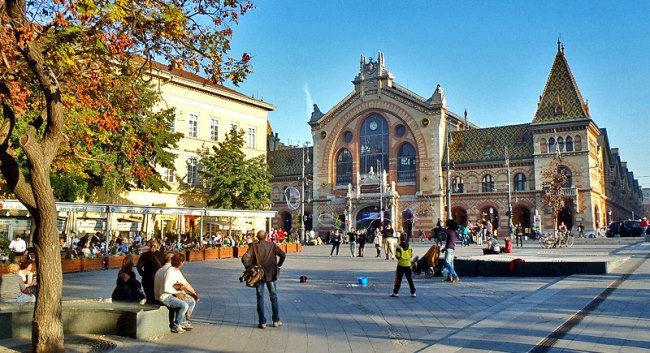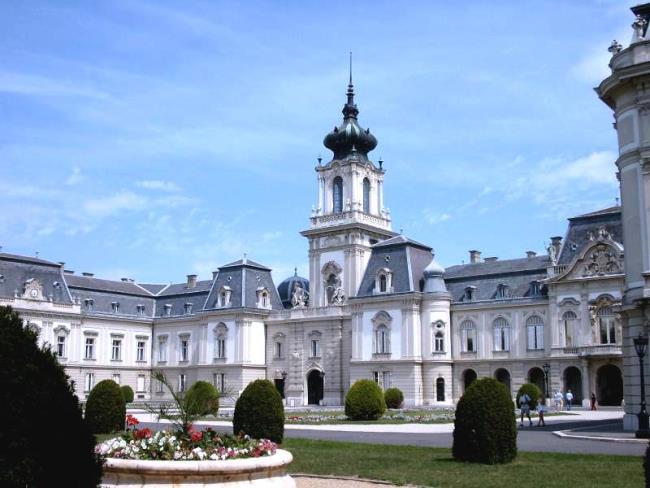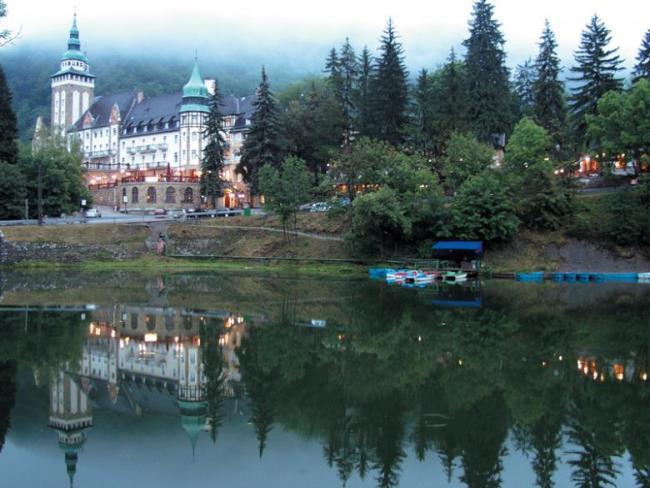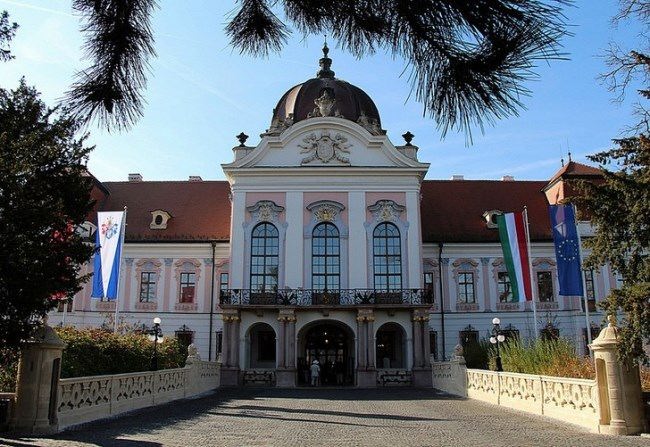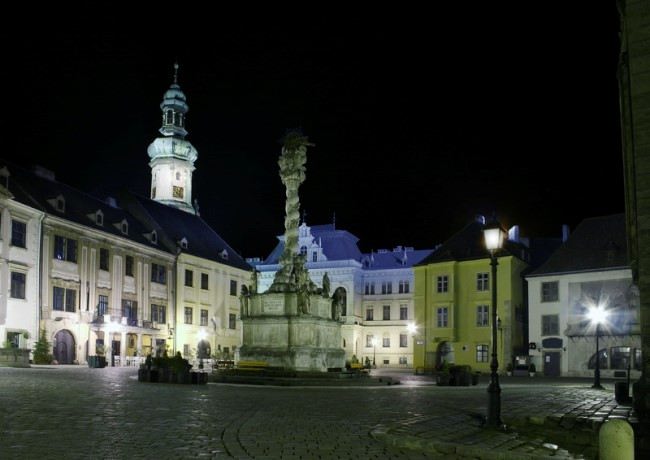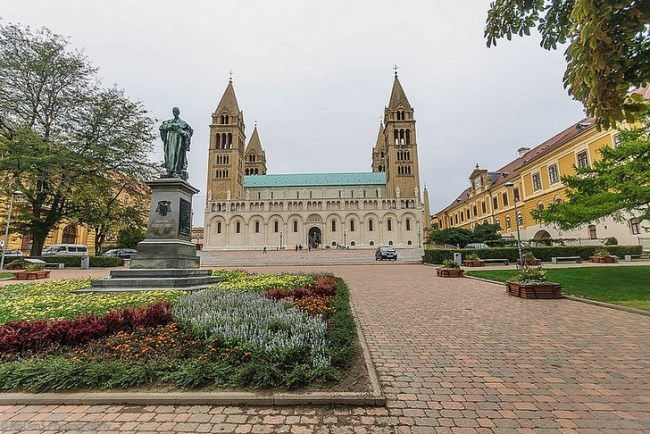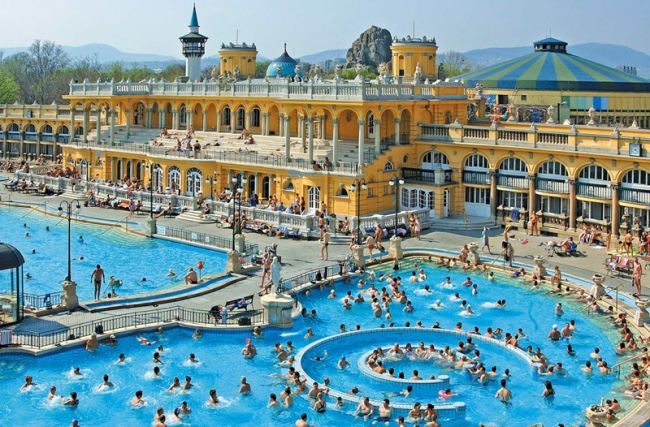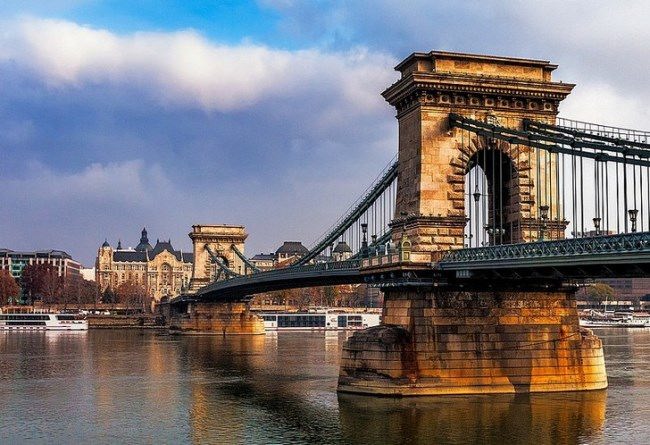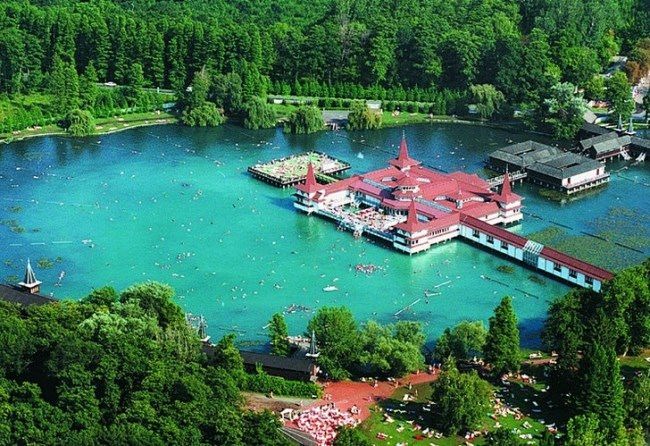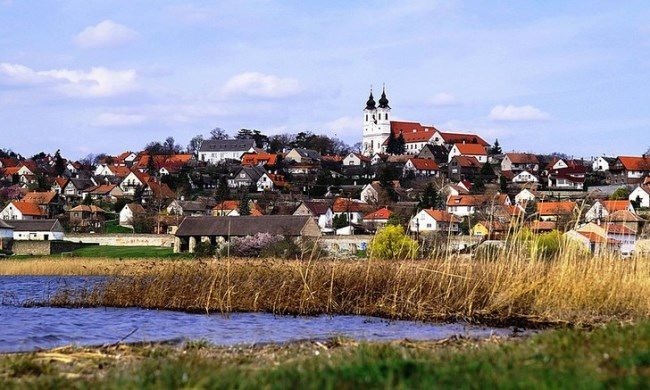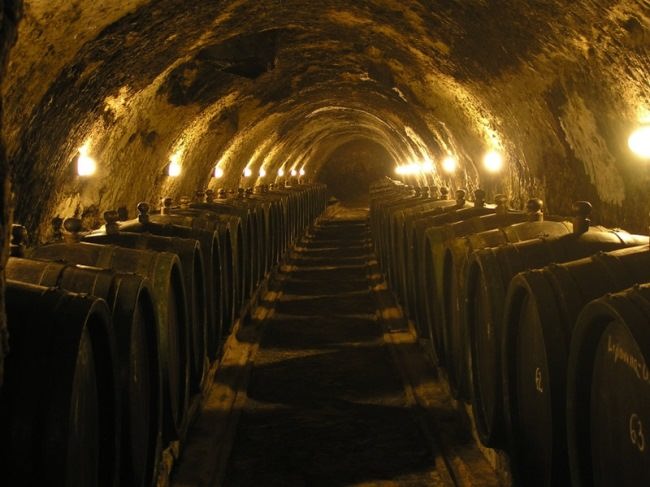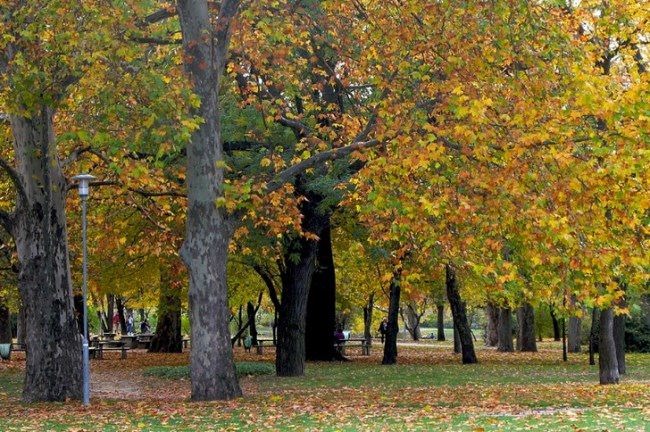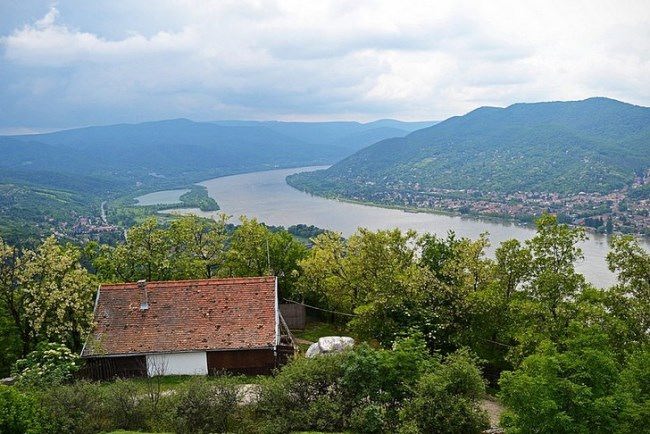Hungary – wonderful country
Hungary is a small, landlocked country in central Europe. Its area is 93,030 square kilometers. Its official name is Republic of Hungary. The country borders Austria, Croatia, Romania, Serbia and Montenegro, Slovakia, Slovenia, Ukraine.
Budapest is the capital of the country.
The history of the Hungarian state begins in the late ninth century. Tribes of Magyars swept from the east into the middle Danube Basin. Stephen I, Hungary’s first king, was crowned in 1000. Until the late fifteenth century it was a large, independent, and powerful kingdom. From the early sixteenth to the late seventeenth centuries the Ottoman Empire ruled much of Hungary.
Then the country became part of a huge empire ruled by Habsburgs. In 1918, after World War I, the empire of the Habsburgs collapsed. Hungary lost about two-thirds of its land but regained its independence. Parts of Hungary went to Czechoslovakia, Romania, Austria, and the Kingdom of the Serbs, Croats, and Slovenes. In 1947 a Communist government came to power in Hungary. Hungarians rose up against the Communists in1956, but Soviet troops crushed the revolt. Hungary’s Communists voluntarily gave up their power in 1989. Hungary held free elections in 1990. In 1999 the country joined the North Atlantic Treaty Organization and the European Union in 2004.
Most of the people are ethnic Hungarians. They are descended from the ancient Magyars. Most of the people speak Hungarian, or Magyar, which is the official language.
Hungary is located on the Eurasian Tectonic Plate.
Mount Kékes is the highest point (1,014 m).
Tisza River is the lowest point (78 m).
Danube is the longest river (2,776 km).
Balaton is the largest lake (598 sq km) in the country and it is the largest lake in central Europe.
Hungary’s leading crops are wheat, corn, sugar beets, grapes, sunflower seeds, potatoes, and apples. Farmers raise cattle, sheep, pigs, and poultry.
Budapest, the capital of Hungary, is made up of two main sections, Buda and Pest. Buda is the site of the old Citadel and the Royal Palace. Pest is the home of the world’s second largest synagogue, which was built in 1859.
There are more than 100 natural hot springs in Budapest. So, people built many spas around these springs.
